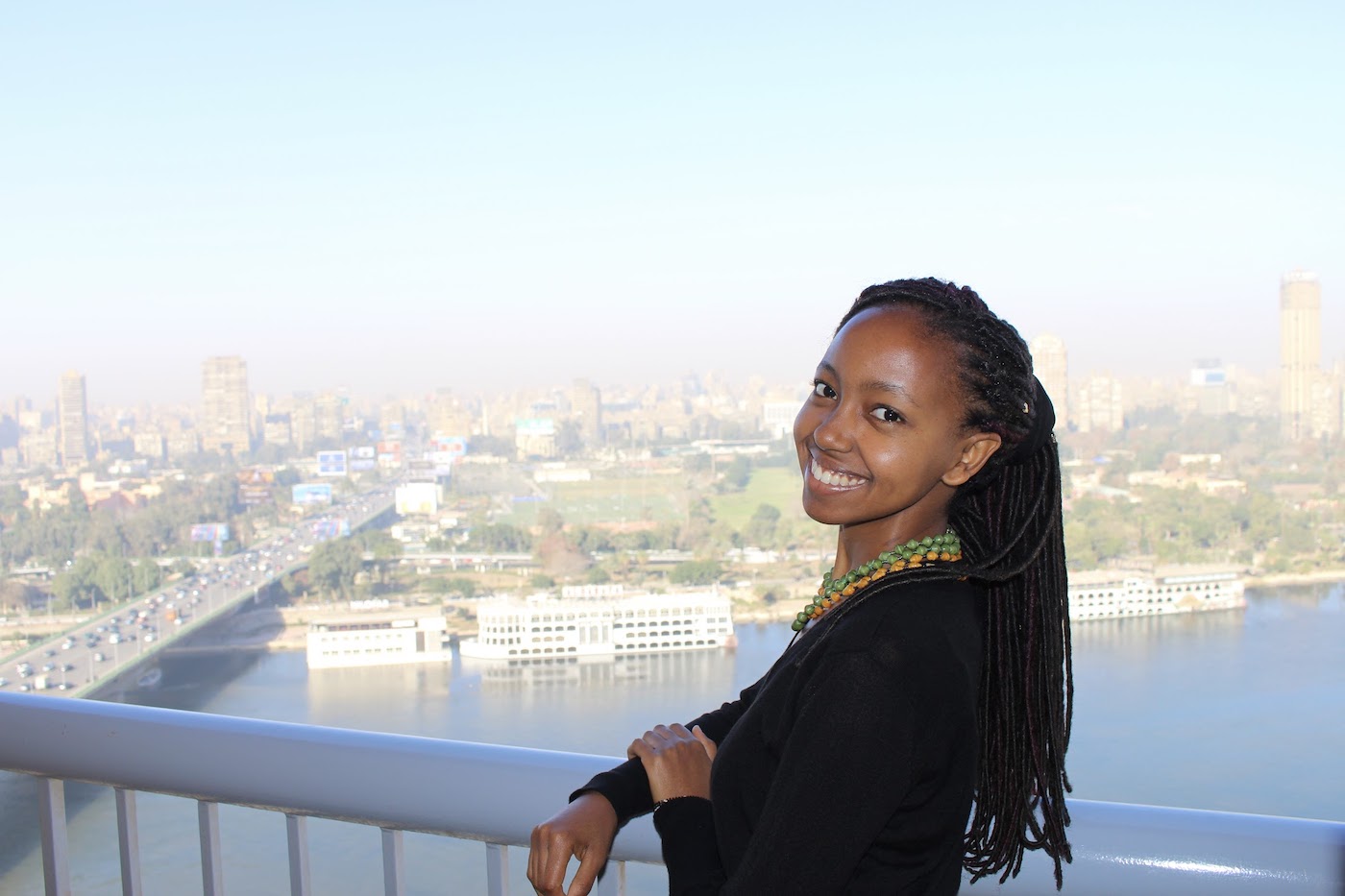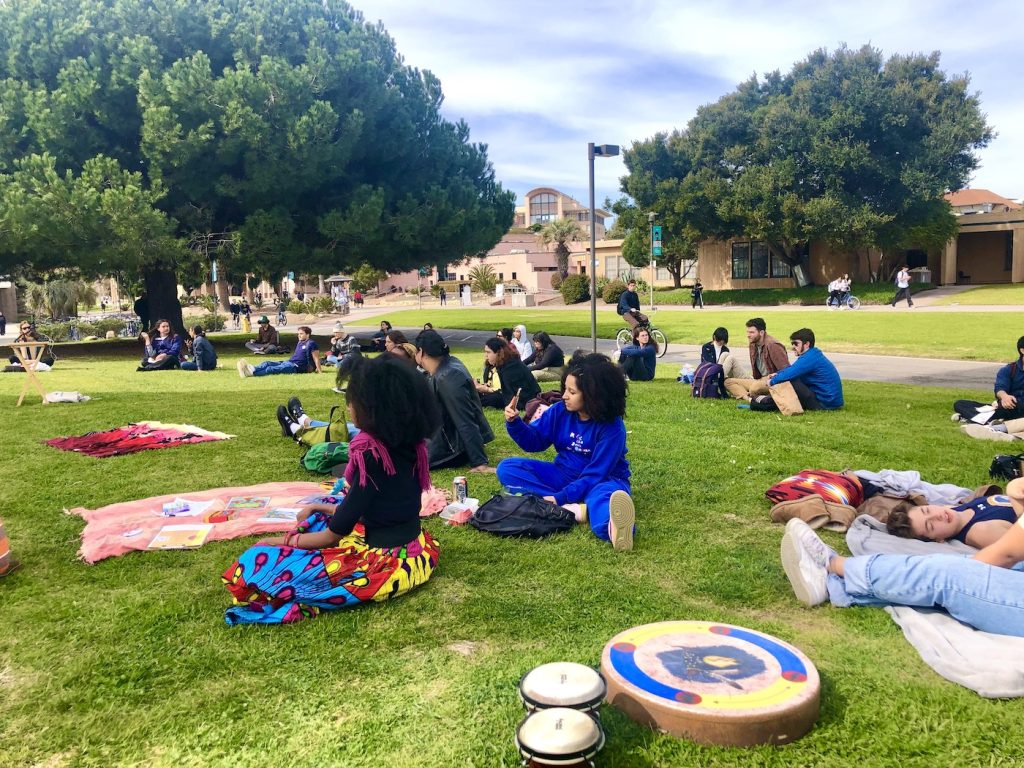Commission on Culture, Arts, and Joy Justice

There’s a new club in town! The Commission on Culture, Arts, and Joy Justice (CCAJJ) is a new student government associated organization at UCSB founded by PhD student Charlene Macharia. This week I spoke to Macharia to find out what it means to do creative activism and how social justice activists can keep progress moving on a big campus.
Q. How did the CCAJJ get started?
A. It was spring of 2022 when the idea formed. Coming out of the pandemic, we were trying to come together as a community to bring healing and positive change on campus.
UCSB is a HSI (Hispanic-Serving Institution) and ANAPASI (Asian American and Native American Pacific Islander-Serving Institution), these are designations you get once those specific underrepresented ethnic groups reach about 25 percent of your student population. Despite this, a lot of students still say that UCSB feels like a PWI (Predominantly White Institution). It became pretty clear that we needed to foster this feeling of cultural inclusion. We decided we wanted to have this platform for coalition-building, with cultural celebration at the center of it. We wanted to enhance cross-cultural solidarity especially through music and arts, a space where you can express joy. For BIPOC (Black, Indigenous, People of Color) people, engaging in activism is commended but it can also be draining, so this would be a space that would also center on healing and joy and building community.
What type of events do you like to host?
We haven’t been around very long, but we have already hosted and collaborated in a lot of different things from film screenings, to workshops, and cultural showcases. Last winter and spring quarter we had a series called Sing a New Song: Raising the Vibrations for a Whole New World. Every Friday from 12 to 1 pm we had a space for different bands and artists from various cultural backgrounds. It was a space for expression, a space for healing, somewhere you could come in between class and just relax on the lawn. A space to build community. What was great was students, undergrad, postgrad, alumni, even faculty were all there being a part of it. A project we are excited about for the new school year is community gardening. We partnered with the American Indian and Indigenous Student Association (AIISA) to hold community gardening hours at the end of spring, and we plan to continue this partnership. Gardening is important as it relates to food justice, reconnecting with the land, honoring the environment as well as traditions of indigenous communities.

Tell me about the commission’s name.
Commission on Culture, Arts, and Joy Justice – it summarizes our mission. Celebrating cultures, especially cultures of underrepresented student groups and also having that piece of artistic expression as a means of healing. Activism can take a toll on students. Their involvement is applauded but the reality is that it can take a toll on a person, because of the sacrifices they have to make. I wanted to address that because all those individuals and those communities who engage in activism are deserving of joy. It’s about bringing joy while advocating for equity – using creativity as a means of activism.
What is the importance of having an organization like this on campus?
What is different about CCAJJ is our association with UCSB’s student government. Having a platform for coalition building within the student government itself makes a statement. It lets people know that these issues are important and that the organization represents voices that deserve to be heard. It also creates a more sustainable model of organization; lots of student movements dissolve after the leaders graduate. Their issues are still important, and still need to be advocated for, but when leaders graduate, their work loses momentum. So the main thing in creating CCAJJ was making sure that we could set ourselves up for long-term success.
The other big reason is that we at CCAJJ believe that there should be more intentionality in addressing student issues, specifically the issues that BIPOC face that affect their sense of belonging at UCSB both due to systemic inequities and the campus climate. We wanted to have this space to acknowledge that BIPOC have historically been oppressed and excluded from access to power and resources. It is important to have a commission situated within the student government to acknowledge these issues and to work towards repair. We’re working to change the culture so that everyone feels included. Sometimes as an activist you’re told to focus on the positive – look how far we have come. And yes, there have been some key changes over time, but there are still a lot of core issues that haven’t changed. So the commission is really about asking: What can we do to change this culture? What can we do
in our school?







